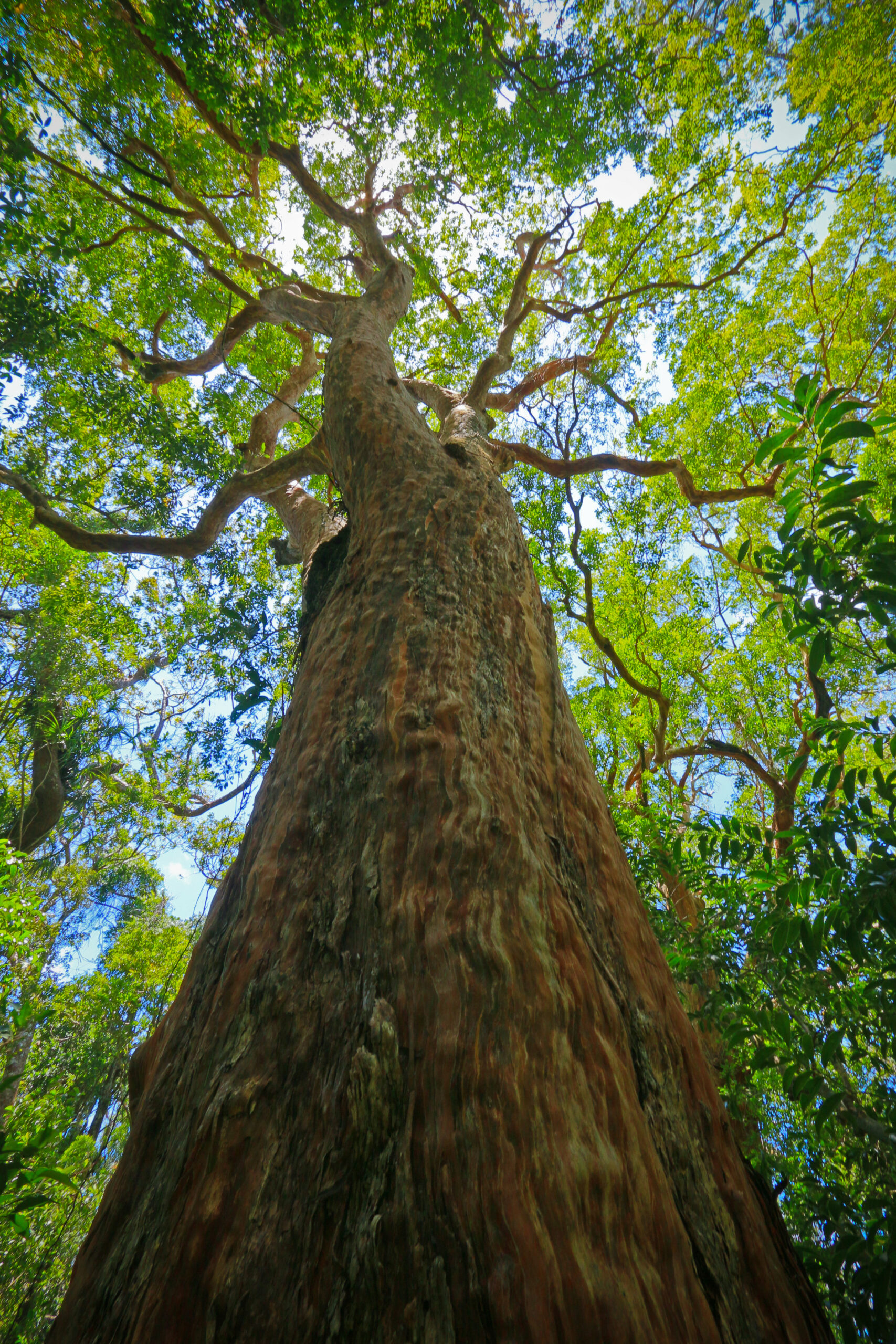| Local Name | Place |
| Batak | Batanes |
| Batak | Cagayan |
| Kalo, Kolo | Visayas |
| Kamansi | Iloilo |
| Kamansi | Bataan |
| Pakak | Ilocos |
| Tipolo | Sibuyan Island |
| Togog, Tugop | Samar-Leyte |
| Tuyop | Zambales |

Did you spot something we need to update?
Do let us know. Together, let's grow the database.
Reach out to us at binhi@energy.com.ph
A. blancoi occurs in lowland forest and thickets, in areas with a distinct dry season and an annual rainfall of 2000 mm or more
Propagated by seeds through direct sowing in loamy-soil
Locate our planted ANTIPOLO Trees
Locate our planted ANTIPOLO Trees

trees planted in the country!

Spread awareness and learn about the 96 native Filipino trees species EDC has saved from extinction. Get your own copy of the coffee-table book today!